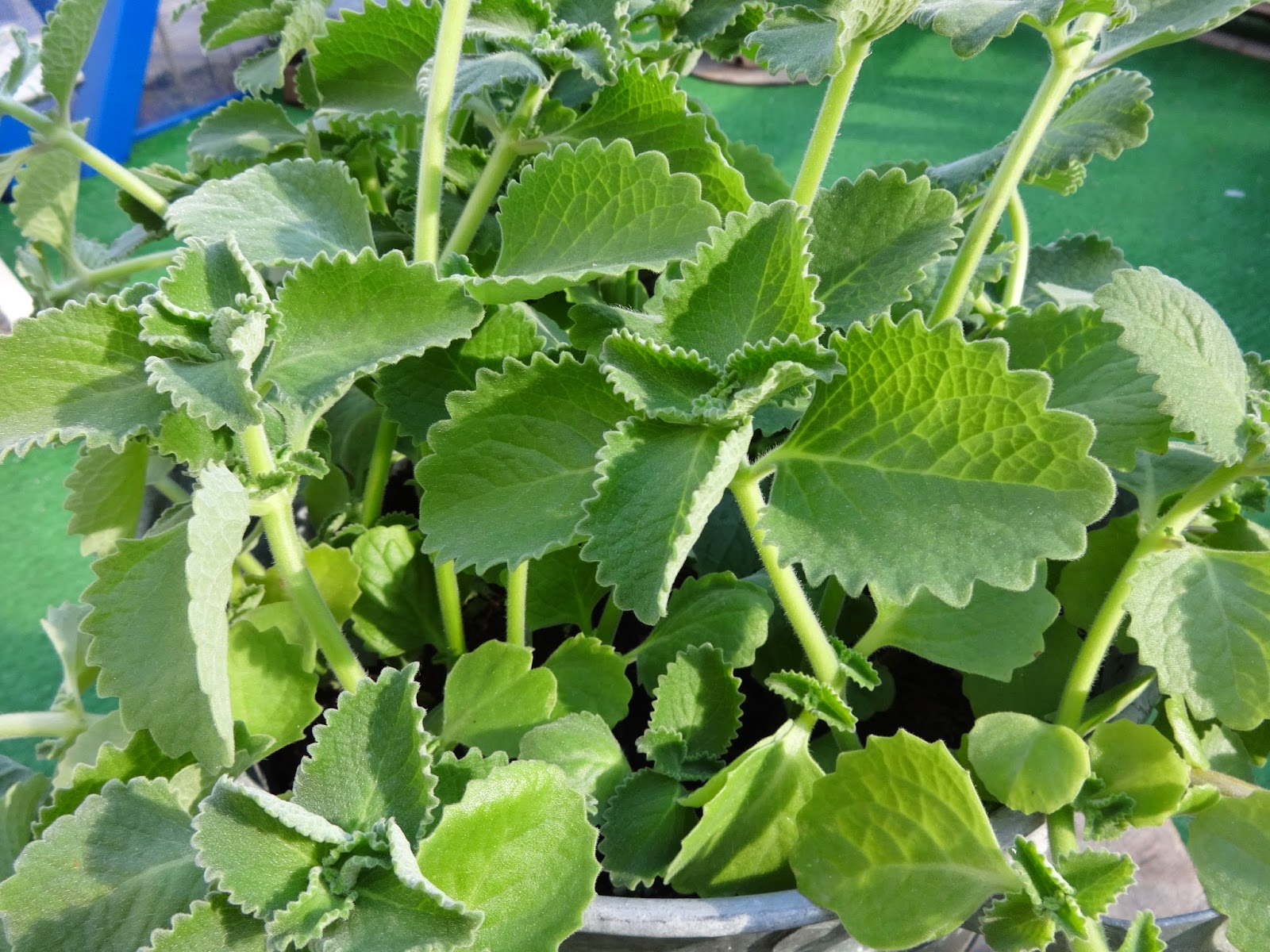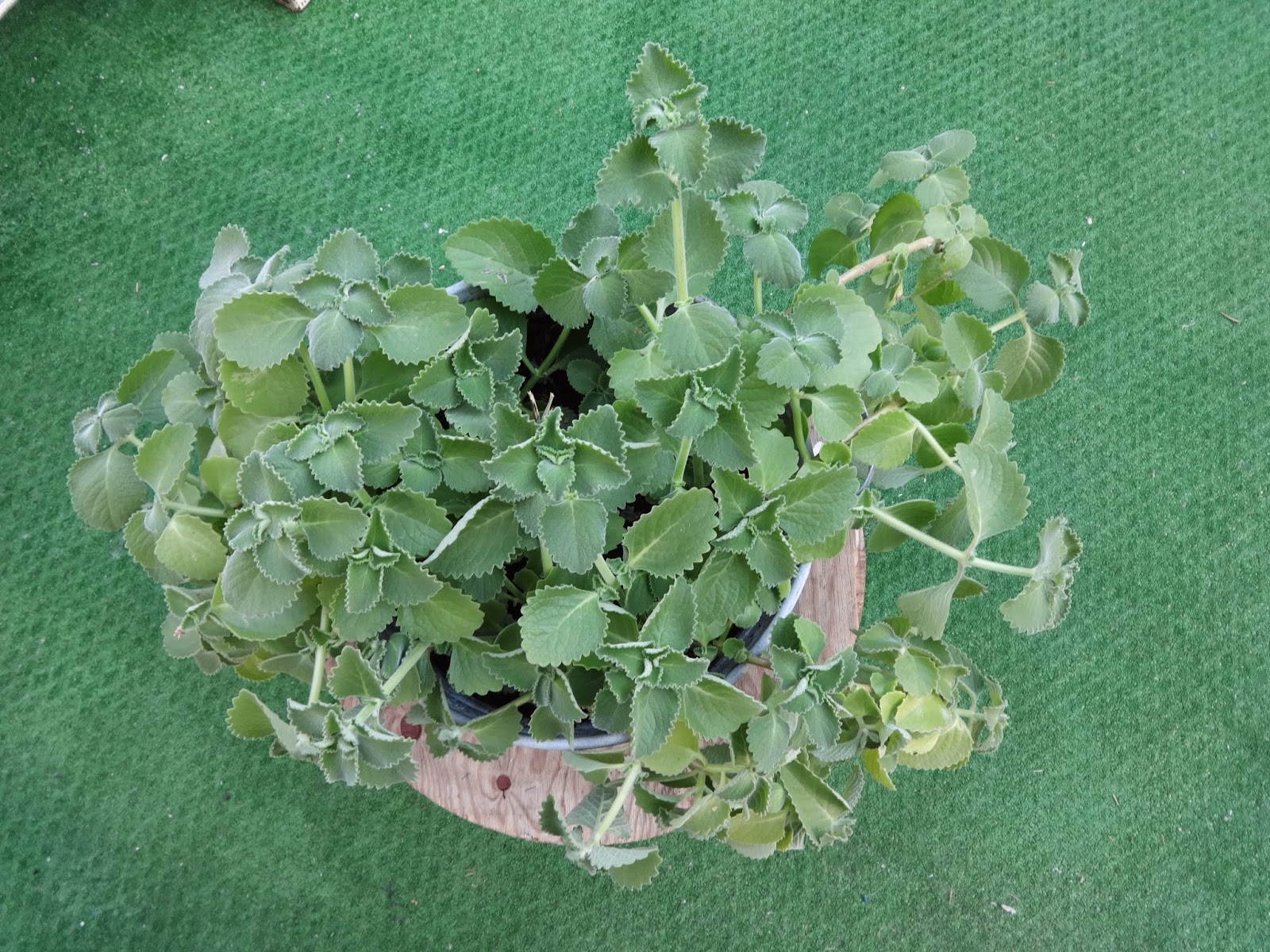 PLANT PROFILE
PLANT PROFILEDodonaea viscosa is a shrub that might become a small tree, that grows in many tropical and worm regions of the world. It is popular in Australasia - which is probably the centre of its origin, Africa, India and Pakistan, Hawaii, Peru and Brasil. Many different unrelated cultures discovered its medicinal values long ago and still use it frequently in practise. As latin word viscosa indicates, young leaves of this herb are sticky, as their surface is covered with resin. It is often planted as an ornamental plant, mostly for its nice looking seed capsules an foliage (esspecialy cultivar 'Purpurea' from New Zealand, with purple leaves), as its tiny flowers are not much showy. It is often planted to avoid soil erosion, for dune fixation and as a wind shield. Its extremely hard wood is used in many cultures for tools and weapons. Most used english common name for this herb - Hopbush or Sticky Hopbush is related to its use as a hops substitute in beer making by early Australian settlers.
 CULTIVATION AND HARVESTING
CULTIVATION AND HARVESTINGThere are different subspiecies of Dodonaea viscosa, often considered seperate species and cultivars of this plant, that can cope with different conditions. But in general this is a dense, fast growing, evergreen shrub that can become a small tree up to 8m high. It likes a lot of sun, sandy, loamy or rocky, well drained soils (pH 6,5-9,2), don't mind droughts and strong winds but fear of shade and temperatures lowest than -5'C. In spring time tiny, seperate male and female flowers are opening, but sadly mostly on seperate plants. In summer time atractive looking seed capsules appear on female plants. Pollen is wind dispersed, but even unfertilized flowers are developing capsules. Leaves are harvested in summer.
CULINARY USES
Seeds capsules are used instead of hops in brewing and its infusions are drinked as a tonic.
MEDICINAL USES
Dodonaea viscosa is widely used in tradicional herbalism of Australia and many other countries where it is common. Its leaves fresh, dried and powdered or in form of decoction are commonly applied for wounds, as it stimulate human dermal fibroblast and have anti-inflammatory, antioxidant, antibacterial, antiviral, antifungal, analgesic and antipruritic activity. It is also used for skin disorders like iritating rashes, ringworms, boils, sprains, bruises, burns, snake bites, stingray stings, veneral deseases, rheumatism and bone fractures. Leaf juice is applied on trachoma.
Leaves can be chewed or decoction might be used as a gargle, for toothache, sore throat or oral thrush. Decoction made from new leaf tips or young leaves are used internally for fevers, colds, coughs, influenza, arthritis, asthma, stomach troubles (it relax smooth muscles), diarrhea, ulcers, measles, headaches and to induce sweatings but caution is necessary as plant contain small amounts of cyanogenic toxins that may couse cyanide poisoning. It also contain lot of tanins (up to 18%), saponins, sterols, di- and triterpens, flavonoids including glycosides of quercitin and kaempherol, 1-8 cineole rich essential oils.
In East Africa, roots of Hopbush, fresh or in form of decoction are used by women to stimulate lactation, treat dysmenorrhoea and irregular menstruation. Essential oils and extracts from leaves act antibacterial and hypotensive. Water and alcoholic extracts exhibited cardiac depresant and coronary-constricting properties. In Peru young, sticky leaves are chewed for its stimulating effect like coca leaves. Leaves, fruits, stems and bark can be used for preparations of baths, good for skin infections, sciatica, candida infections and veneral diseases. Several studies indicated anti-diabetic properties of water and alcoholic extracts from leaves. Brazilians apply sap on tumors. In southern part of India, Dodonaea seeds are grounded with black pepper and used to induce sterility in women.
Sources
'' Medicinal Activity of Dodonaea viscosa - A preliminary study '' - Andrew Pengelly, Australian Government, Rural Industries Research and Development Corporation, 2008
'' Duke's Handbook of Medicinal Plants of Latin America '' - James A. Duke, CRC Press 2008
'' CRC World Dictionary of Medicinal and Poisonus Plants '' - Umberto Quattrocchi CRC Press 2012
http://jprhc.in/index.php/ajprhc/article/viewFile/54/52
http://www.stuartxchange.com/Kalapinai.html
http://www.plantzafrica.com/plantcd/dodonaeavisangust.htm
http://www.anbg.gov.au/gnp/interns-2007/dodonaea-viscosa.html
http://www.ccma.vic.gov.au/GLOBAL/uploaded/Speciesnotes-Dodonaeaviscosa.pdf
http://www2.hawaii.edu/~eherring/hawnprop/dod-visc.htm
http://nativeplants.hawaii.edu/plant/view/Dodonaea_viscosa
http://www.fao.org/forestry/14636-0ddae3eed6e5208d80d92fb8dd2892b4.pdf
http://ntbg.org/plants/plant_details.php?plantid=4259
http://www.fs.fed.us/global/iitf/pdf/shrubs/Dodonea%20viscosa.pdf
http://bie.ala.org.au/species/urn:lsid:biodiversity.org.au:apni.taxon:298605#tab_names
http://herbs-treatandtaste.blogspot.com/2011/08/hopebush-dodonaea-viscosa-uses-and.html
http://www.indianetzone.com/49/aliar.htm
http://www.ijpbs.net/issue-4/Ph-21.pdf
http://www.apstas.com/Hop_bushes.html
http://database.prota.org/PROTAhtml/Dodonaea%20viscosa_En.htm




































































